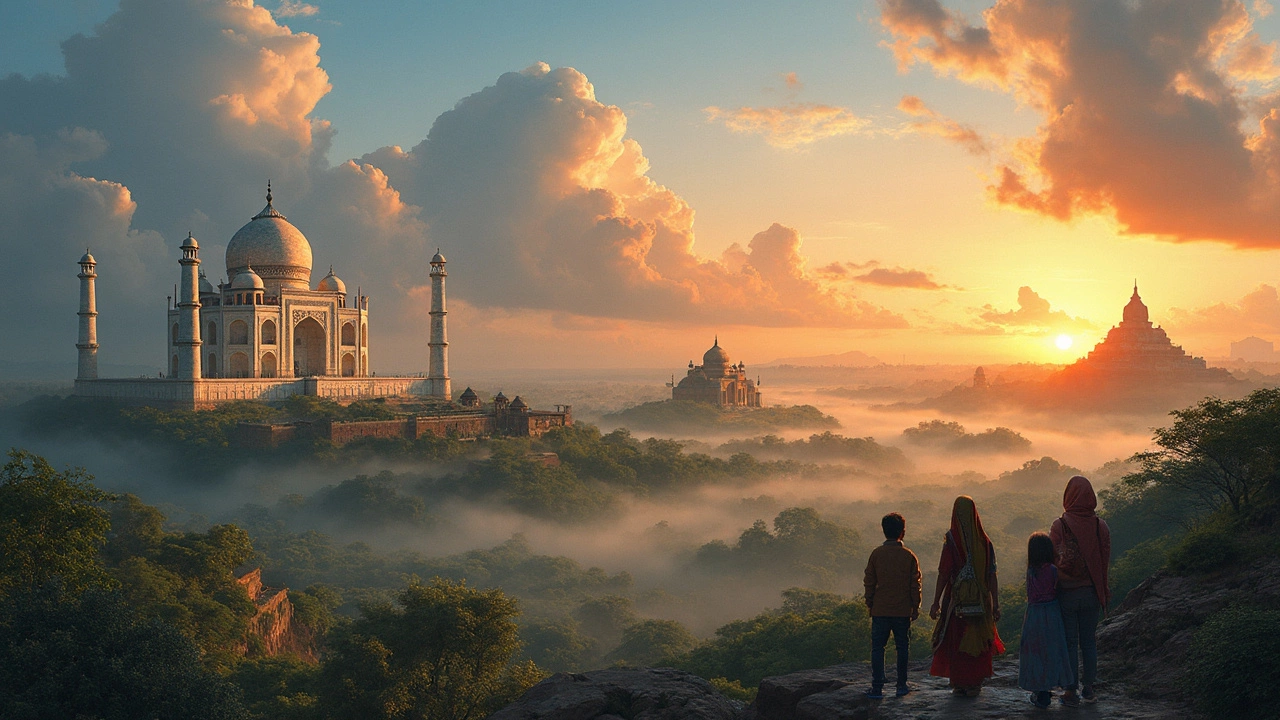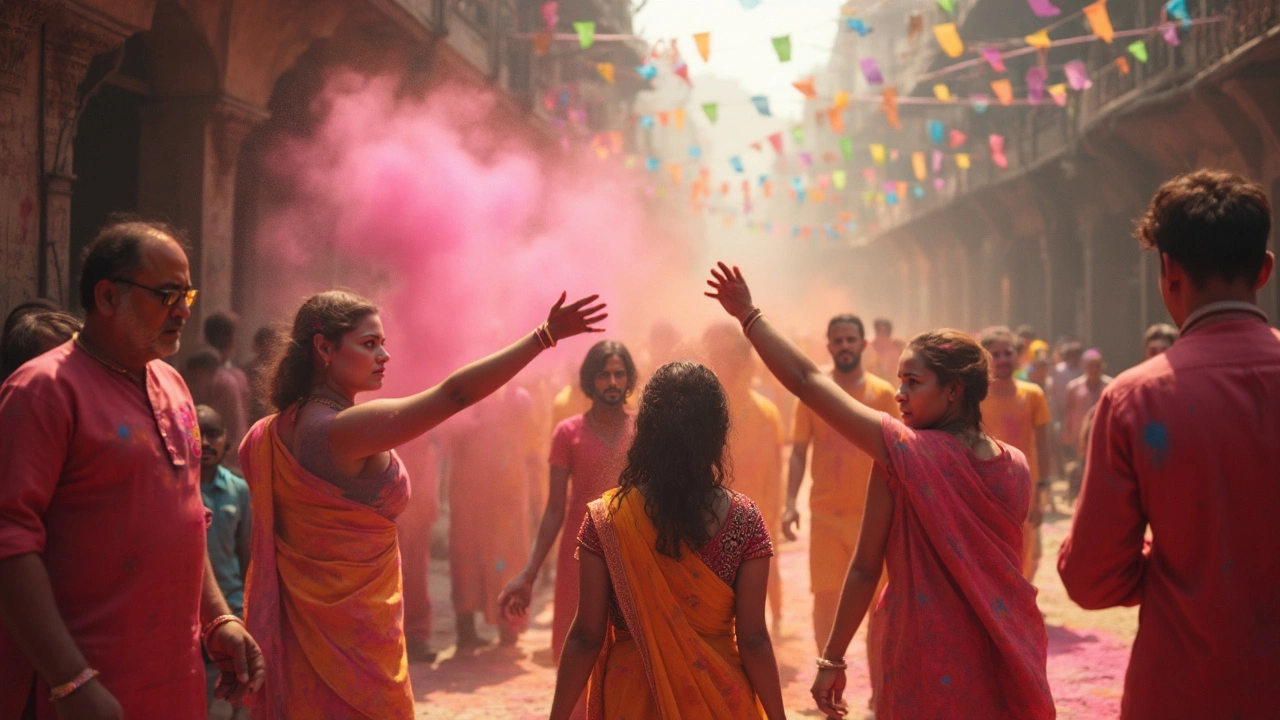Indian Heritage: Top Sites, Customs, and Travel Tips
When you think of Indian heritage, the living blend of ancient temples, imperial architecture, and living traditions that have shaped India for thousands of years. Also known as India's cultural legacy, it’s not just about monuments—it’s about how people still pray, eat, celebrate, and walk through history every day. From the marble halls of the Taj Mahal, a 17th-century mausoleum built by Emperor Shah Jahan as a symbol of love and architectural mastery to the stepped water tanks of Chand Baori, a 9th-century stepwell in Rajasthan that served as a social and spiritual hub, Indian heritage isn’t frozen in time. It’s active, breathing, and often crowded with pilgrims, tourists, and locals all sharing the same space.
India has 43 UNESCO World Heritage Sites, officially recognized locations of outstanding cultural or natural importance—more than any country in South Asia. These include everything from the rock-cut caves of Ajanta to the sacred forests of the Western Ghats. But heritage isn’t just listed on a map. It’s in the way you remove your shoes before entering a temple, the silence you keep near a shrine, or the way you avoid pointing your feet at idols. Temple etiquette, the set of unspoken rules for respectful behavior when visiting Hindu, Jain, or Buddhist places of worship matters just as much as seeing the architecture. Skip this, and you risk offending locals—even if you mean no harm.
What makes Indian heritage different from other countries? It’s layered. You can stand in front of a 5,000-year-old Indus Valley artifact, then walk ten steps to a colonial-era railway station, then turn a corner and find a street vendor selling snacks using a recipe passed down for six generations. This isn’t curated for tourists—it’s lived. That’s why guides who know the local stories, like those in Nagpur or Varanasi, make all the difference. They don’t just tell you what you’re seeing—they explain why it still matters.
And it’s not all about ancient ruins. The real magic is in the connections: how food in South India reflects trade routes from centuries ago, how dance forms in the north preserve epic tales, how festivals like Diwali or Holi turn entire cities into living celebrations. Indian heritage doesn’t ask you to admire it from afar. It invites you in—quietly, respectfully, and with an open mind.
Below, you’ll find real guides on where to go, what to wear, how to avoid getting sick while eating street food, and which sites are worth the hype versus the hidden gems. No fluff. Just what works for travelers who want to see India—not just snap pictures of it.

